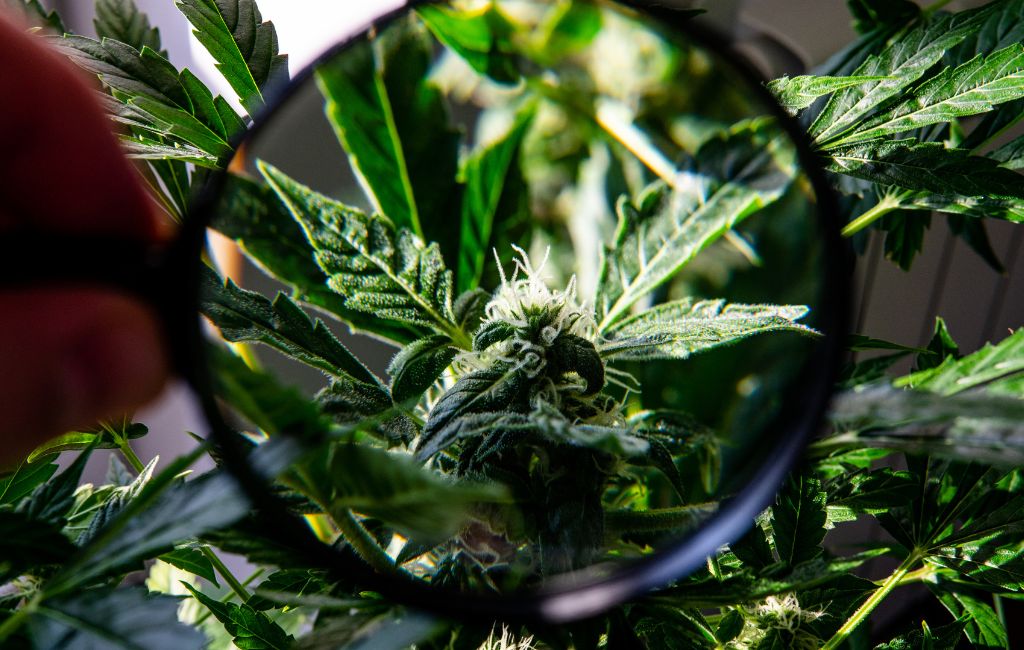Cannabis cultivation has evolved significantly over the years, with growers adopting innovative techniques to enhance yield, potency, and quality. This article explores various methods employed in cannabis cultivation, providing insights into their applications and benefits.
Indoor vs. Outdoor Cultivation
Cannabis can be grown both indoors and outdoors, each method offering distinct advantages and challenges.
Indoor Cultivation
Indoor cultivation allows for precise control over environmental factors such as light, temperature, and humidity. This method is favored by those seeking to produce high-quality cannabis with consistent characteristics.
- Lighting: Growers use artificial lighting systems, such as LED or HPS lights, to mimic the sun’s spectrum. This control over light cycles can influence the plant’s growth stages.
- Climate Control: Indoor environments can be tailored to maintain optimal temperature and humidity levels, reducing the risk of pests and diseases.
- Space Utilization: Vertical farming techniques can maximize space, allowing for more plants in a limited area.
Outdoor Cultivation
Outdoor cultivation harnesses natural sunlight and environmental conditions, often resulting in larger plants and higher yields.
- Cost-Effectiveness: Utilizing natural resources reduces the need for expensive equipment and energy consumption.
- Sustainability: Outdoor growing can be more environmentally friendly, relying on organic methods and natural cycles.
- Flavor and Aroma: Some growers believe that outdoor cultivation enhances the plant’s terpene profile, contributing to richer flavors and aromas.
Hydroponics and Soil-Based Growing
The choice between hydroponics and soil-based growing can significantly impact the cultivation process.
Hydroponics
Hydroponics involves growing plants in a nutrient-rich water solution, eliminating the need for soil.
- Faster Growth: Plants often grow faster in hydroponic systems due to direct access to nutrients.
- Water Efficiency: These systems use less water compared to traditional soil-based methods.
- Pest Control: The absence of soil reduces the risk of soil-borne pests and diseases.
Soil-Based Growing
Traditional soil-based growing remains popular for its simplicity and natural approach.
- Nutrient Diversity: Soil provides a complex mix of nutrients and beneficial microorganisms.
- Flavor Profile: Many growers argue that soil-grown cannabis has a superior taste and aroma.
- Ease of Use: Soil-based methods are often more forgiving for beginners.
Advanced Techniques in Cannabis Cultivation
Innovative techniques continue to shape the future of cannabis cultivation, offering new ways to optimize growth and quality.
Sea of Green (SOG)
The Sea of Green method involves growing many small plants in a limited space, promoting rapid flowering and maximizing yield.
- Shorter Growth Cycle: By focusing on the flowering stage, growers can achieve multiple harvests per year.
- Space Efficiency: Ideal for small grow spaces, SOG maximizes the use of available area.
Screen of Green (ScrOG)
Screen of Green uses a screen to train plants, encouraging horizontal growth and even canopy development.
- Light Distribution: The screen ensures that light reaches all parts of the plant, promoting uniform growth.
- Increased Yield: By optimizing light exposure, ScrOG can lead to higher yields.
Low-Stress Training (LST)
Low-Stress Training involves gently bending and tying down branches to control plant shape and improve light penetration.
- Enhanced Light Exposure: LST allows light to reach lower parts of the plant, boosting overall growth.
- Improved Airflow: By spreading out branches, LST enhances airflow, reducing the risk of mold and mildew.
Case Studies and Statistics
Several case studies highlight the effectiveness of these techniques in real-world scenarios.
- Indoor Hydroponics Success: A study conducted in Colorado found that hydroponic systems increased yield by 20% compared to soil-based methods.
- Outdoor Organic Farming: In California, a farm using organic outdoor methods reported a 15% increase in terpene content, enhancing flavor and aroma.
- SOG Efficiency: A Canadian grower using the Sea of Green method achieved four harvests in one year, significantly boosting annual production.
Conclusion
Cannabis cultivation is a dynamic field, with growers continually exploring new techniques to enhance their crops. Whether choosing between indoor and outdoor methods, hydroponics or soil, or advanced training techniques, each approach offers unique benefits. By understanding and applying these methods, cultivators can optimize their operations, producing high-quality cannabis that meets the demands of an ever-evolving market.
